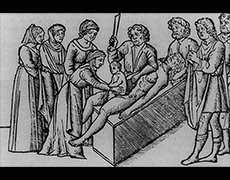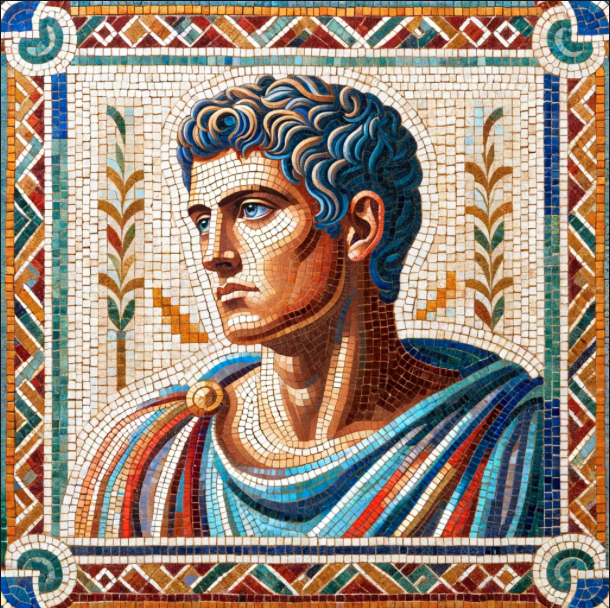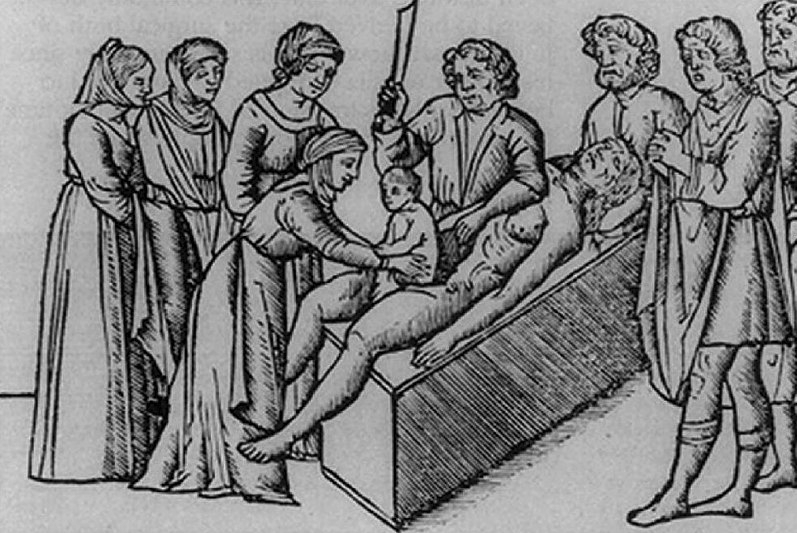
Surgery in ancient Rome was a frightening prospect. Unlike modern times where surgical procedures are commonplace, in ancient Rome, surgery was a rarity reserved for dire circumstances, employed only as a last resort due to its inherent dangers.
Surgical outcomes were often a precarious gamble with fate, as surgical interventions frequently led to fatal consequences.
However, ancient Roman methods were not born in isolation. Instead, they were shaped by the foundation laid by ancient Greek surgical traditions.
Let’s look at some of the challenges and risks faced by those who sought to mend the human body in a time when the scalpel was a double-edged sword.
1. Becoming a Surgeon in Ancient Rome
The path to becoming a surgeon in ancient Rome varied. Wannabe surgeons often began their career with an apprenticeship, where they would learn their craft through hands-on training.
Frighteningly, some individuals ventured into the field without any formal training. They relied on a combination of innate (or imaginary) skills and learning through observation.
In addition to practical experience, aspiring surgeons might have also studied the most current texts on their practice.
However, as there was no one path to becoming a surgeon and no licensing boards regulating the practice, anyone could declare himself a surgeon and begin his trade with no knowledge of how the human body functions.

2. Tooth Extraction
Getting a tooth ripped out is something most people dread. Even with numbing agents and nerve blocks, the process can be excruciating and painful.
The process was much worse in ancient Rome where dental forceps would be used, on rare occasions, to rip out an offending tooth. However, this process was dangerous.
More often, a surgeon would use his fingers to rock the tooth back and forth, making it loose in its socket. Then, still with his fingers, the surgeon would pull out the tooth.
3. Bloodletting
Bloodletting, a prevailing practice among ancient Roman surgeons, emerged as a distinctive method aimed at restoring balance within the body.
At the forefront of this practice was the widespread use of cupping, a procedure that involved the application of metal cups to specific areas of the body. The objective was to draw out either pus or blood, driven by the prevailing belief in the humoral theory – a medical concept attributing health to the balance of bodily fluids.
Practitioners of bloodletting believed that by removing excess blood, they could rectify imbalances and alleviate various ailments.
4. Amputation
Amputation was a drastic measure that was generally avoid if possible. It was used for severe medical conditions such as gangrene.
The process generally began with the afflicted limb positioned on a sturdy block. Armed with either a chisel or a saw, Roman surgeons executed the decisive cut, severing the limb from the body.

5. Caesarean Section
The Caesarean section was a formidable surgical procedure that was reserved for dire circumstances.
This method, characterized by the delivery of a child through an incision in the mother’s abdomen and uterus, was most commonly employed when the mother had died before completing childbirth.
The gravity of the procedure was underscored by its infrequent use on living women, as it carried a high risk of mortality for both mother and child.
Historical records attribute the term “Caesarean” to the birth of Julius Caesar, suggesting that he entered the world through this method.
6. Disembowelment
Faced with the daunting task of treating stab wounds that resulted in the protrusion of intestines, these skilled surgeons followed a rather meticulous protocol.
Careful examination of the injured intestines determined the course of action, with the large intestine subject to suturing.
In cases where the intestines exhibited ominous discoloration, the patient was positioned supine with raised hips.
If the intestines proved excessively dry, a coating of water was applied.
Then the surgeons would widen the wound to replace the intestines and stitch the skin back together.
7. Painkillers
Finally, let’s take a quick look at some of the painkillers used by the surgeons in ancient Rome.
Surgeons of the time used many painkillers that we are familiar with today. Among the notable painkillers were mandrake, opium, and henbane.
Additionally, belladonna, with its toxic yet pain-relieving properties, found a place in the surgeon’s toolkit.
Alcohol also played a role in surgery for its numbing effects.

